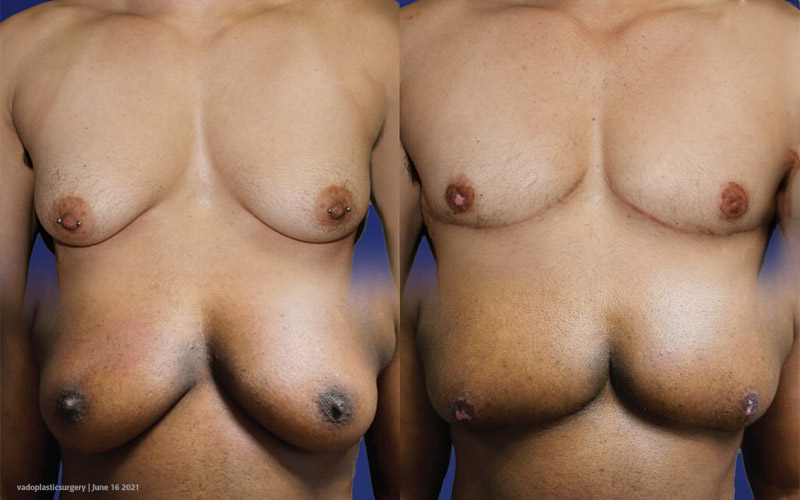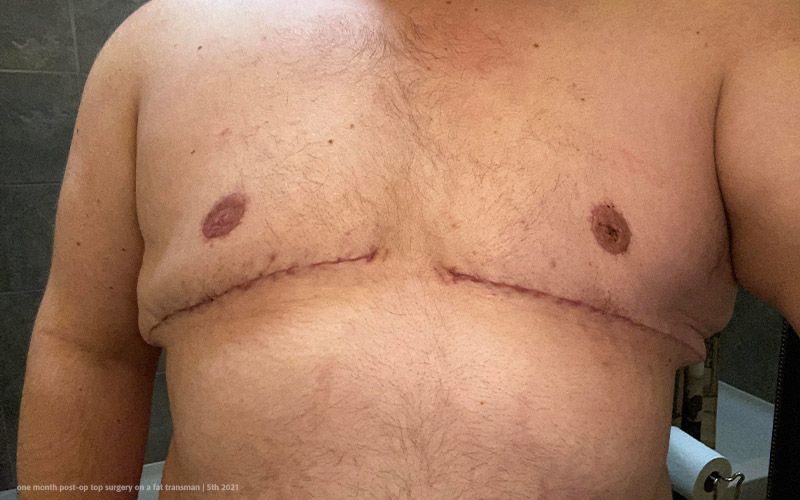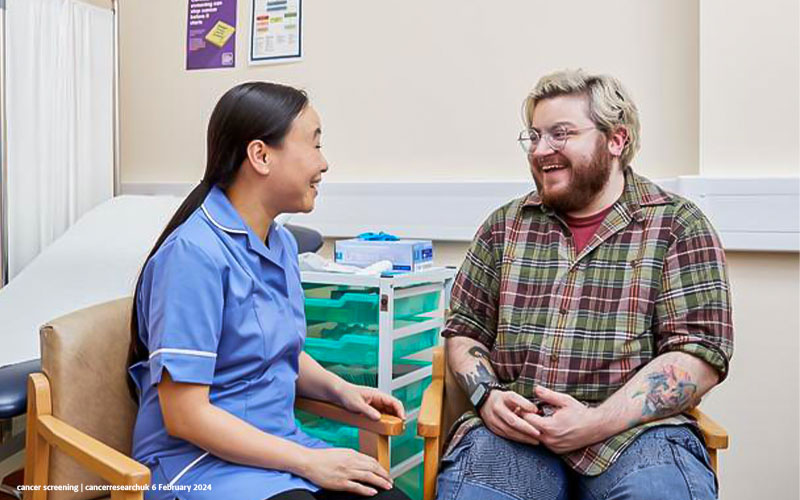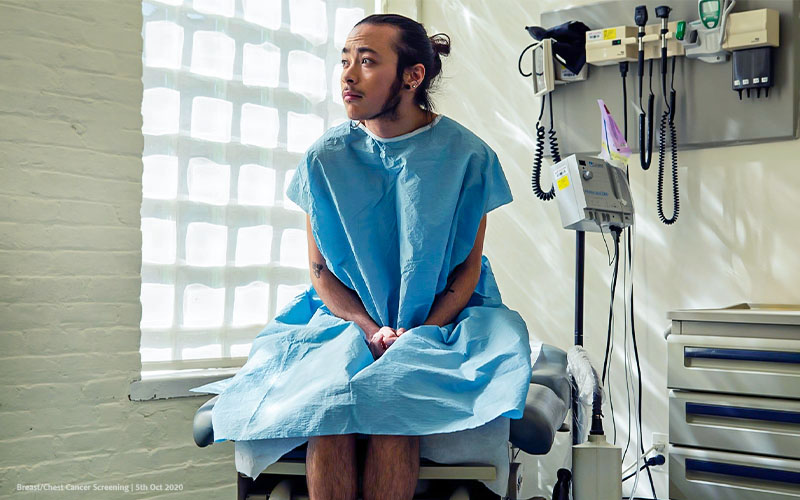Are Transgender Men at Risk for Breast Cancer? Key Facts You Should Know
You may wonder about your chances of developing breast cancer. Trans men want to feel complete in your identity. Whether you have had surgery or not, it is okay to worry. But as you know, breast cancer does not discriminate. Anyone with breast tissue is at risk.
Today you can know your breast cancer risk. Are you at risk of breast cancer even if you have had top surgery? What about breast reduction? Should you still worry about breast cancer risk? What about your history and family genetic risk? You may want to know some of the best hospitals for screening and what to do about it? These questions and thoughts are valid. Your health matters. And there are answers.

In this article, you will find the key facts that you should know about being Transgender man and your breast cancer risk. Know your trans power through your breast health.
Understanding Breast Cancer Risk in Transgender Men
Breast cancer is low in Transgender men. This is due to altering your breast development. Although this is not 100% true due to the following;
1. Hormone Therapy
In hormone treatment, you will receive male hormone called testosterone. This treatment will make your body more masculine such as you may have more muscles and more body hair.
You will receive testosterone through injection or patches. It will thus cause and maintain your masculine secondary sex characteristics.
● Testosterone Role in Suppressing Estrogen and Impact on Breast Cancer Risk

Male hormones also alter the breast tissue components. During this phase, testosterone is changed into another form called estrogen serum. It continues to stay at high levels even with testosterone treatment.
As a result, estrogen levels remain the same in your body. High estrogen puts you at risk of breast cancer. Testosterone also produces estrogen receptors in your body. The effect is the risk of breast cancer.
● Research on Breast Cancer
You are more likely to have cancer at higher rates compared to cis gender male. Transgender men have lower age-specific rates of breast cancer compared to cis women. This is due to the high rates of top surgery.

Also, hormone therapy may slightly reduce your breast cancer risk.
Your risk of breast cancer as a Transgender man is linked to some factors. These include age and the type of surgery. Other factors include how long you have your hormones in your body.
However, gaps in understanding lifetime risk in this data stem from other factors. These include the young nature of transgender subjects. Others include heightened mastectomy rates and inadequate follow-up of subjects.
2. Surgical Interventions
These include the following options:
● Top Surgery (Mastectomy) and Its Purpose
Top surgery is often done after at least 1 year of hormone treatment. Most of your breast tissue is removed and You will have a flatter chest appearance.

Some experts have suggested that breast surgery will reduce your chances of developing breast cancer, especially for breast tissue absence (even partly, as in the case of a breast reduction).
However, note that this theory is not perfect. Science shows that normal women produce testosterone too. This hormone is a breast cancer risk factor. So as a result, Trans men are also at a risk due to the male hormones in the body.
Yes. You can say that breast surgery may reduce your chances of developing cancer. However, top surgery does not eliminate risk. This is due to factors such as residual risk.
● Factors Influencing Residual Risk
Factors associated with residual risk include;

Remaining breast tissue
Not all of your tissue will be removed during top surgery, thus, the remaining breast parts can become cancerous. Since it’s a small tissue left behind, it can also become a challenge during screening for breast cancer.
Surgical processes
During surgery some of the breast tissue can cause a dent. This is found in the nipple-areolar space. This space puts you at a risk for breast cancer.
Hormone levels
As a Trans man, your male hormones levels remain high. This puts you at a risk of breast cancer compared to men and women assigned male or female at birth.
Screening Recommendations for Transgender Men
The following screening options cover Transgender men who have had breast surgery.
1. Without Top Surgery
If you have not undergone top surgery but are 40 years old or older, you should undergo screening just like cisgender women.

These guidelines include;
● Mammograms
These are low-dose X-rays. They target the breast to show breast tumors in the early stages. If you have not removed your breast or parts of it and you are 40 years old, this is the option for you.
● Age
Women aged 40-54 years should check for breast cancer every year. Women who are 55 years and older should check yearly as long as the woman is in good health. Other options include breast MRI Breast.
Ultrasound can also work for these women.
● Risk
Breast cancer genes are associated with cancer risk. Knowing your risk through genetic testing is important. Also, the use of hormone therapy makes breast cancer a risk factor for Transgender men. Risk is divided into high, medium or low risk categories.

Following the normal breast cancer screening rules for cisgender women is important. This is because it helps prevent deaths from cancer.
For instance, if cancer is detected early, when it is small and has not spread, it can be treated successfully.
Suggested age and frequency for mammograms
Women at high risk should start screening. This includes women who have cancer in their family history. You will learn that if you have some diseases you are also at a risk.
Similarly, if you have had radiation therapy to the chest before you are 30 years old you are at a risk. That means that Transgender men should start screening early on.
Lastly, always remember that these screening rules are always changing. Stay informed. Some doctors suggest that screenings should be performed once a year. Others state that it should take place every two years. Staying informed is key.
2. With Top Surgery
Top surgery entails the removal of breast tissue (bilateral mastectomy). It can occur with breast reduction. If you have had top surgery your healthcare provider may suggest no testing.

Challenges of traditional mammography post-top surgery due to reduced breast tissue.
There is no reliable explanation to suggest that Trans men who have had breast tissue removed should go for screening. This is due to all breast tissue having been removed. As a result, breast cancer tests may not work accurately. This makes it challenging overall.
Other Screening Methods
Other screening methods such as chest wall examinations, ultrasounds, and MRIs can be used.
Chest wall examinations check for changes in your chest
Ultrasounds are for Transmasculine men below 50 years old. If you have bigger breast tissue this is another breast cancer checking option.
MRIs are used to detect cancer growth in the chest region. This method helps you know whether you are a high-risk carrier. This is for those who carry breast cancer genes. Usually appropriate for patients aged 25-55 years.
Tailoring screening approaches based on individual risk. It also depends on whether you had a full surgery or half surgery of the breast tissue.
Practical Strategies for Breast Cancer Screening.
As a Transgender, you can take these steps to manage your breast health;

1. Self-examinations
Take time and spend time with your new body. Watch out for changes in breast tissue. Check your breasts monthly. This helps you get to know yourself better. Always take note of changes that are new to your chest area. Visit your doctor afterwards.
2. Personalized screening plans
Do Personalized screening plans, if you have all breast tissue removed. You can add imaging or MRI scans. This is especially helpful if you have had only some of your breast tissue reduced.
Other screening methods include histopathologic examination. This allows for the full check up of the breast. Also, it assesses more tissue layers of your breast for any changes.
Building a Supportive Healthcare Experience
Building a supportive hospital experience means enhancing your healthcare journey. Do this by;

1. Open Communication
Be open with the people who love and support you as a Transman. This looks like it will help your doctors examine and assess your breast cancer risk.
Share information about your age, and family history. Other considerations include a period of hormone therapy, and other surgeries you may have had.
2. Seek Experts
There is little data on breast cancer risk in Transgender people. As a result, always seek expert opinion. Experts will help you assess your risk. They will provide management options. This can only happen through your healthcare expert consideration.
3. Utilizing Support Networks
Join Networks such as Transgender Chest Awareness. It can help you stay in touch with your chest health. Consider the American Association of Cancer Care. Utilize these hospitals for a healthy healthcare network for your breast health.
Conclusion

Breast cancer screening is an important part of being true to your health. However, many often miss out on the benefits. Breast surgery and hormone therapy will help you with transitioning. Thus, you will know the basic helpful information about your breast cancer risk.
Knowing how each one affects your breast cancer risk helps you make the most important decisions for your health.

 Basic Packers
Basic Packers Pack & Play
Pack & Play STP
STP


